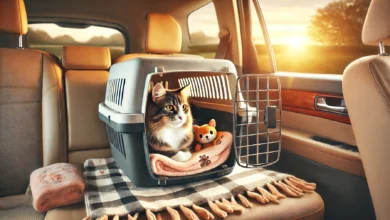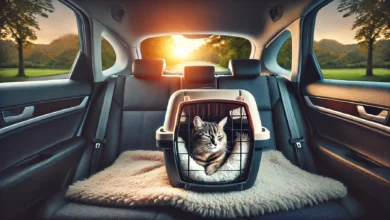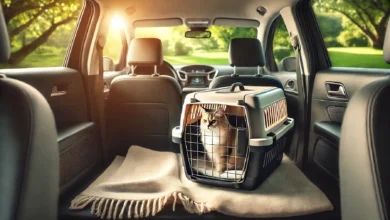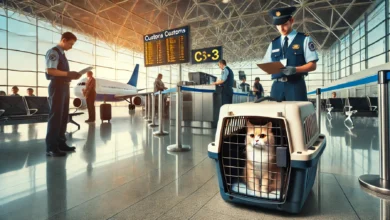How to Choose the Best Travel Treats for Cats
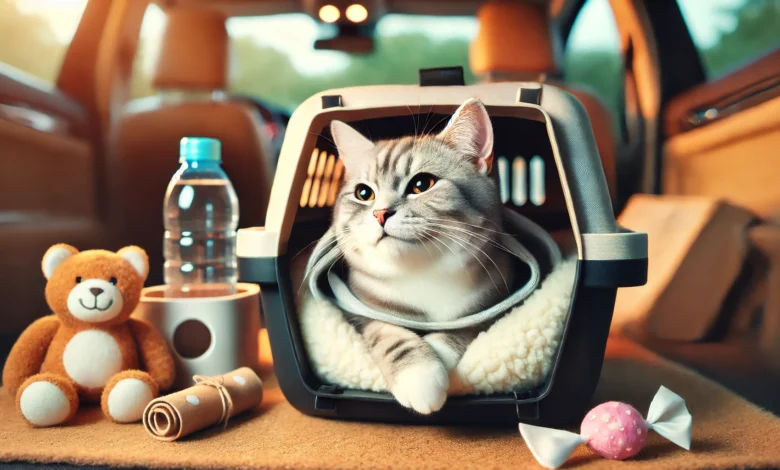
One of the most exciting things to do in life could be traveling with your cat, yet it usually comes with challenges.
Choosing the right travel treats for your cat is one of the most important things in terms of comfort while traveling.
Just like us, cats will feel anxious or stressed in unfamiliar environments, and the right travel treat may alleviate some of that discomfort.
Apart from soothing your cat, travel treats can be used as rewards, making the whole experience even smoother and more enjoyable.
But with so many different options available, how would you know which treats are best suited for traveling?
This article will take you through everything that you should know about choosing the perfect travel treats for your feline friend.
Table of Contents
Why Choosing the Right Travel Treats for Cats Matters
When you think about traveling with your cat, you most likely think of items such as carriers, bedding, and toys; however, do you know that treats also play a very important role in your cat’s travel experience?
The right travel treats can make all the difference in your cat’s mood, behavior, and overall well-being when on the road or up in the air.
Whether it’s a short drive to the vet or an extended journey, picking the right snacks can help reduce your cat’s level of stress and make them comfortable during the trip.
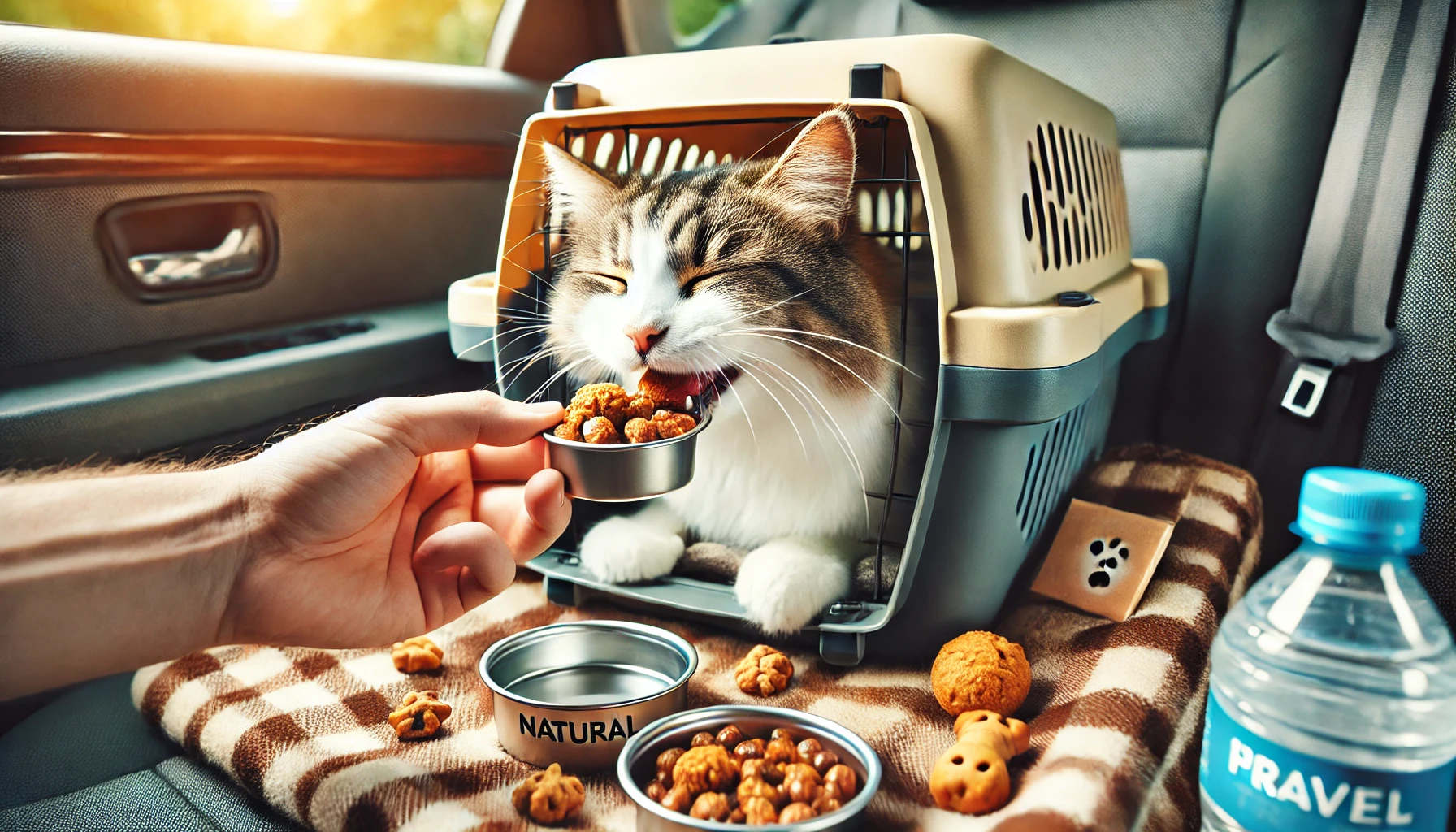
Dietary Treats for Traveling Cats
With travel, treats are more than just snacks; they are tools.
Cats are generally creatures of habit, and placing them outside their comfort zone can be seriously anxiety-provoking or stressful.
Having the reassurance of a familiar, comforting treat at this time will go a long way to soothe your cat and help them feel that all is normal.
Travel treats can also work as distractions, especially if your cat tends to get restless during traveling.
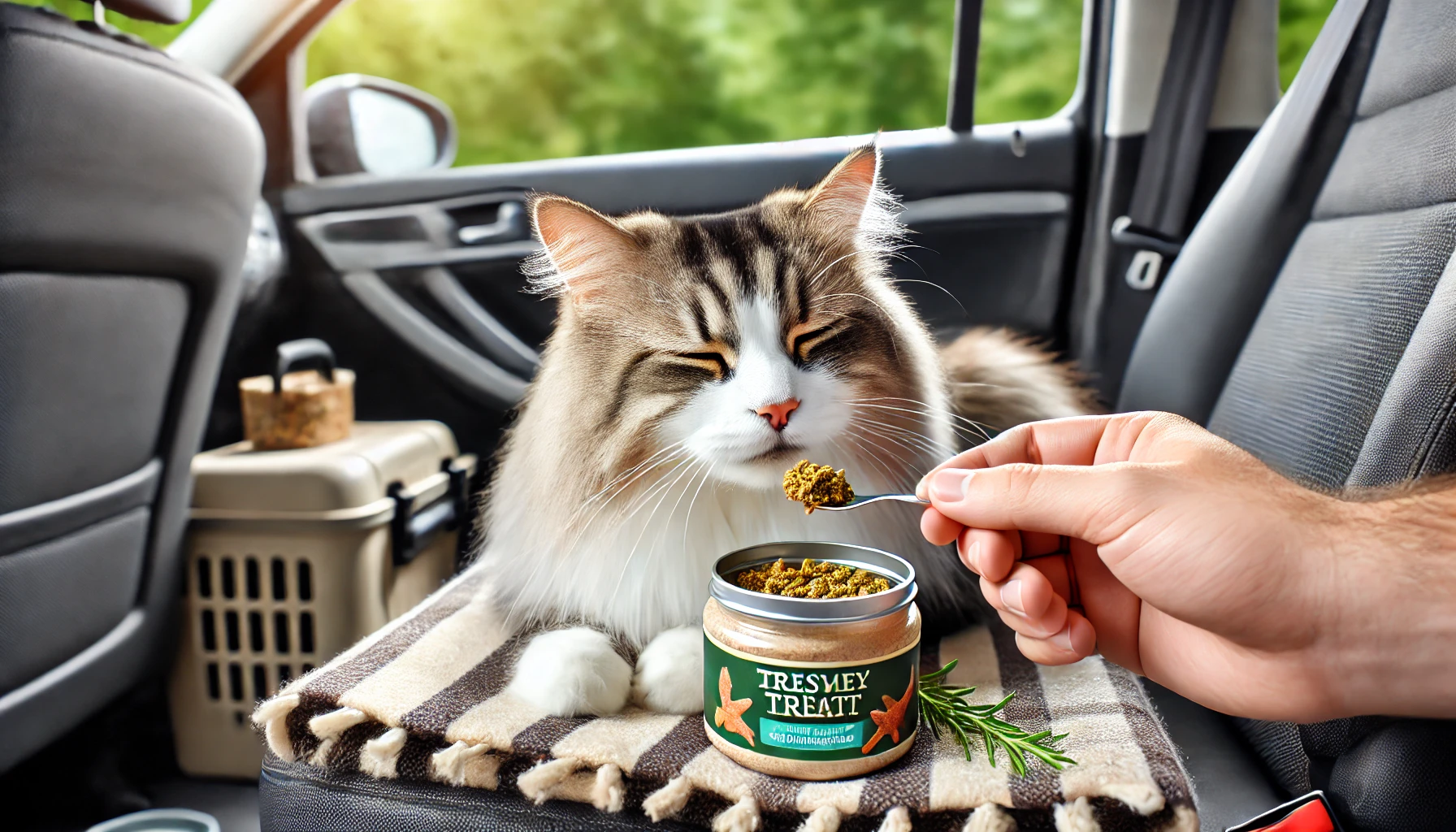
Health Benefits of Travel-Specific Treats
While any treat might elate your cat for a couple of moments, few are created equal when it comes to health benefits, especially during travel.
Most travel-specific treats are designed with ingredients that help support digestion, reduce nausea, and even aid in rehydration.
Some of them even have added calming agents like chamomile or L-theanine that could be very helpful in soothing your cat when things get stressful.
Choosing the right type of travel treat will help your cat stay healthy and happy during your journey.
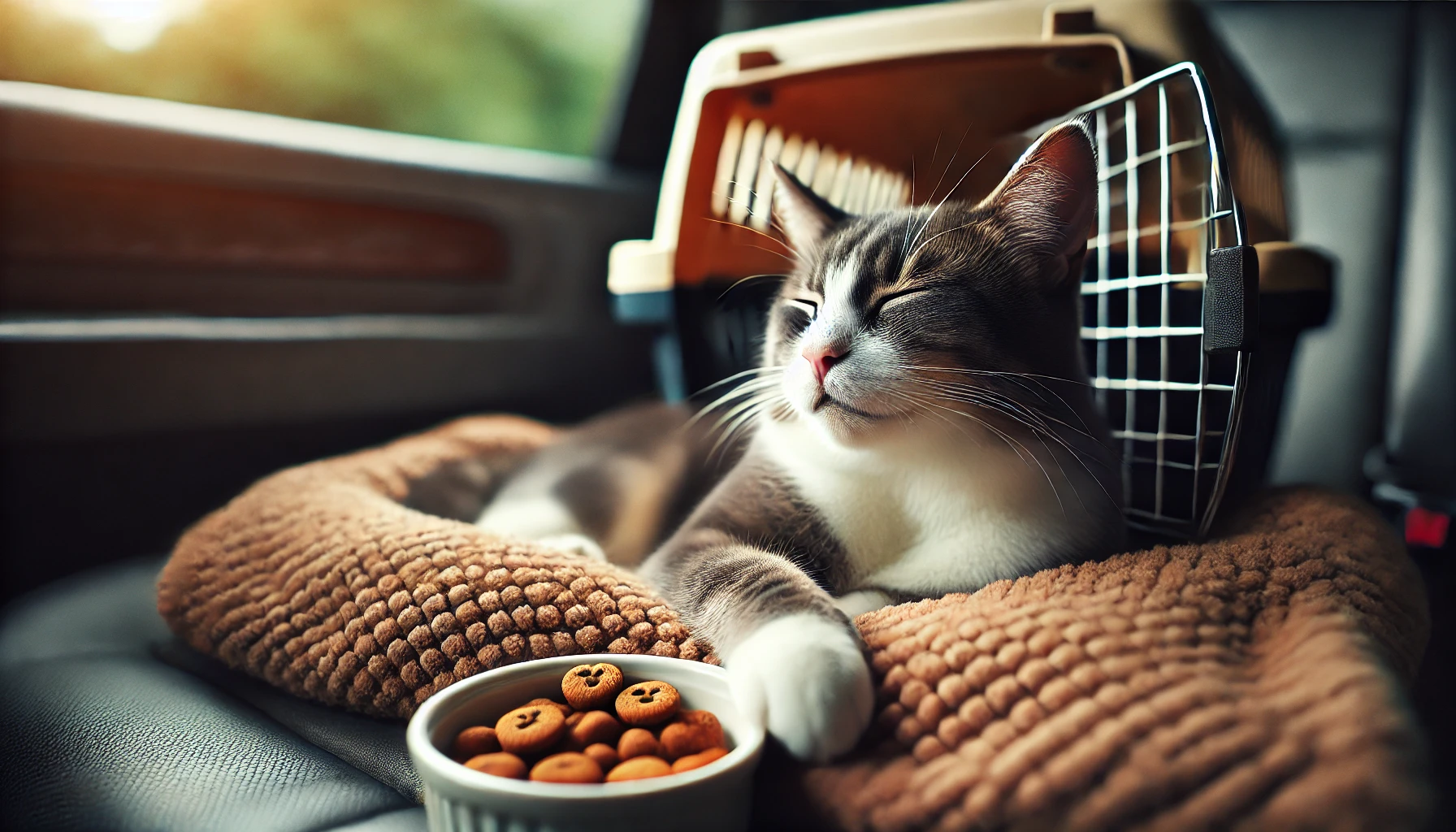
How Travel Treats Ease Anxiety in Cats
If your cat develops anxiety or stress during travel, you’re not alone.
Many cats have problems with travel anxiety, which may manifest in different ways, including meowing excessively, panting, or even hiding.
Fortunately, some travel treats are designed to help resolve these issues.
These treats can contain calming herbs or supplements that naturally reduce your cat’s anxiety, helping them stay calm and relaxed during the journey.
Travel treats for anxiety are a gentle way to keep your cat comfortable without the need for medication.
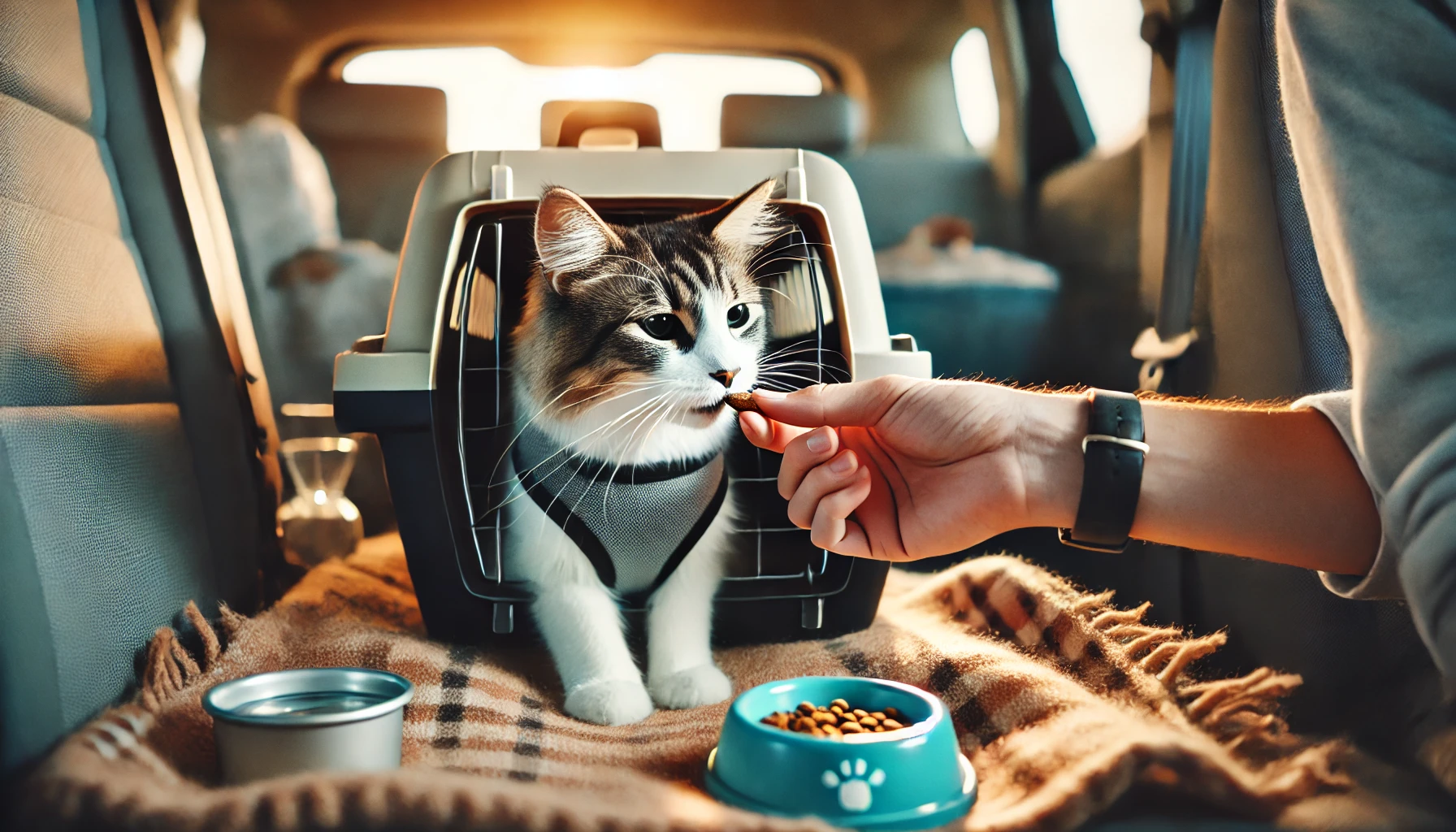
Treats as a Reward During Travel
Travel can be very overwhelming for your cat, and rewarding them with treats for good behavior is one of the best ways to reinforce positive associations.
Treats provide positive reinforcement to help your cat associate travel with something pleasurable.
Whether it’s being calm in the carrier or behaving well during a long car ride, giving your cat a travel treat will reward them and make future trips easier for both you and your pet.
Choosing the right treats can make all the difference in your cat’s travel experience, helping reduce anxiety and stress.

Key Ingredients to Look for in Cat Travel Treats
As you choose travel treats for your cat, pay great attention to the ingredients.
Not every treat is created equal, and some can include fillers or artificial additives that don’t support your cat’s health—especially during travel.
The right ingredients can make all the difference in keeping your cat calm, comfortable, and healthy when traveling.
So, let’s explore some of the key things to look for in the best travel treats for your kitty.

Quality Protein for Sustained Energy
Protein is essential for your cat, and it becomes even more important when traveling.
Cats are obligate carnivores, meaning they absolutely need a high-protein diet to thrive.
Look for travel treats listing a high-quality protein source as the first ingredient.
This will ensure that your cat has enough energy during the trip without compromising their overall health.
High-protein treats are also more satiating, helping your cat stay full and happy for a longer time.
- Principal ingredient: chicken or turkey
- Fish-based proteins like salmon
- High-protein treats for long-lasting energy

Natural Ingredients vs. Artificial Additives
It’s important to select travel treats made with natural ingredients, as artificial additives can upset your cat’s digestive system.
Treats containing artificial preservatives, colors, or flavors should be avoided.
Natural ingredients like real meat or fish ensure good nutrition and digestion.
Additionally, treats that feature whole foods such as pumpkin, sweet potato, or even blueberries offer extra health benefits by aiding digestion and reducing inflammation.
- Avoid artificial preservatives, colors, and flavors
- Natural ingredients to look for: meat, pumpkin, sweet potato
- Whole foods like blueberries may offer added health benefits
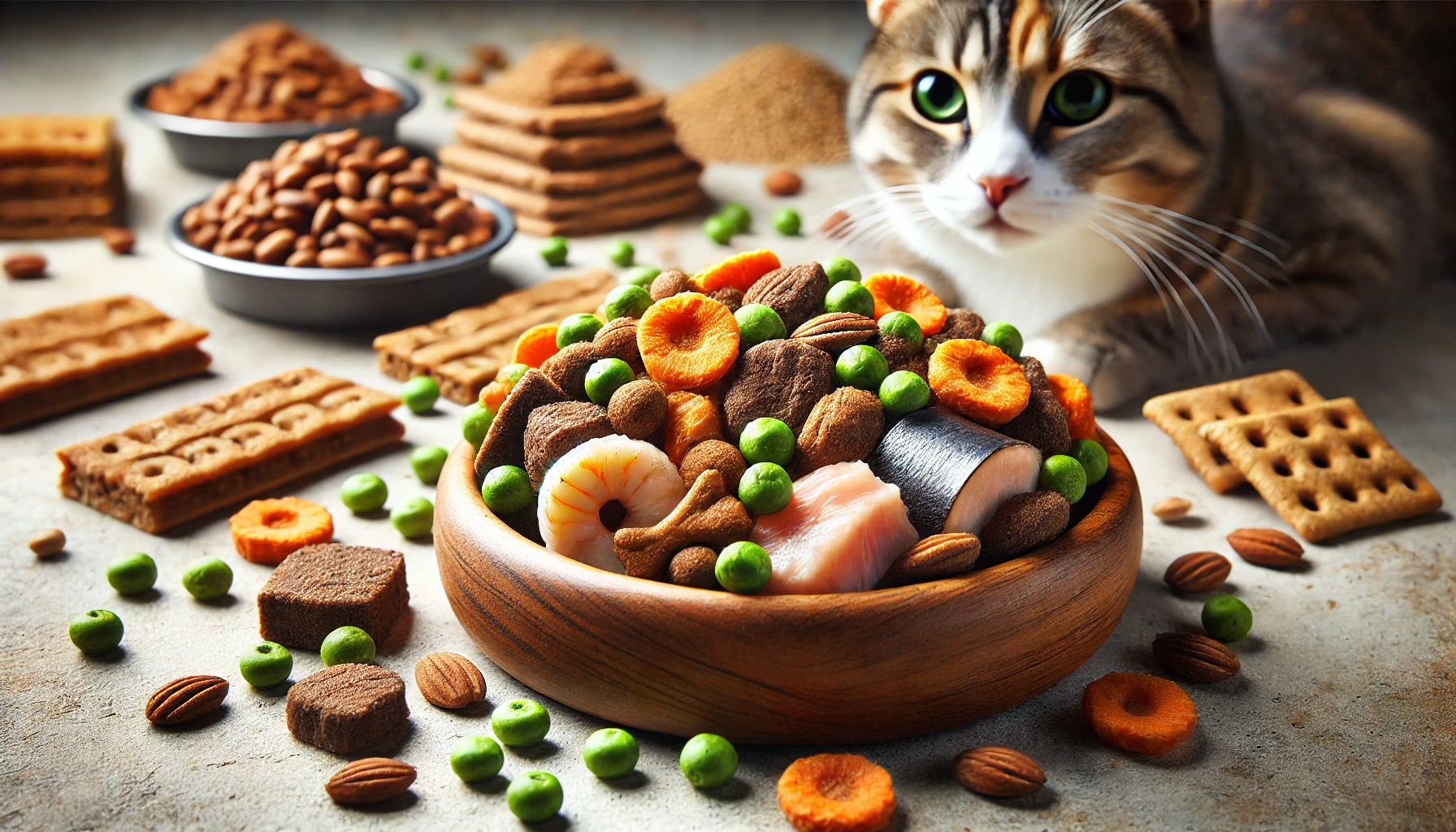
Are Grain-Free Treats Better for Cats?
Since some cats are sensitive to grains, causing digestive problems or allergic reactions, many owners prefer travel treats to be grain-free.
While not all cats have sensitivity to grains, grain-free options are usually easier to digest, helping reduce bloating and discomfort during travel.
However, ensure that the absence of grains is balanced by other nutritional components such as vegetables or legumes.

Vitamins and Nutrients to Keep Cats Going
When choosing travel treats, look for those fortified with vitamins and minerals that will help your cat stay healthy during trips.
Omega-3 fatty acids promote a healthy coat and skin, while taurine, an essential amino acid, supports cardiovascular health and vision.
Treats containing probiotics or prebiotics will keep your cat’s digestive system functioning well, keeping them comfortable even on long rides.
- Omega-3 fatty acids for healthy skin and coat
- Taurine to support heart and vision health
- Probiotics and prebiotics for digestive health
Focus on natural, high-quality ingredients like real meat and avoid artificial additives to ensure your cat’s health during travel.
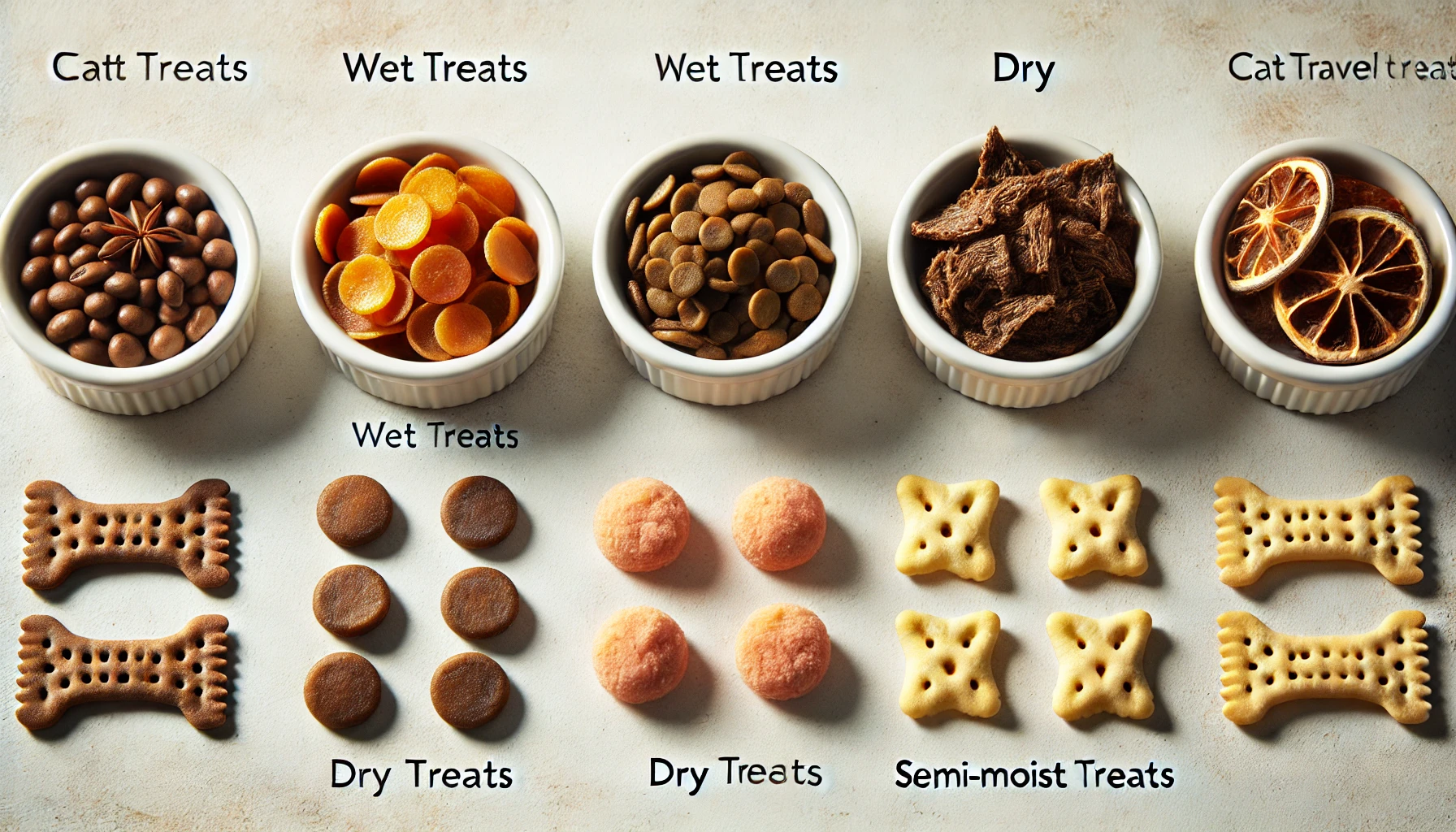
Types of Cat Travel Treats: Wet, Dry, and Everything in Between
When you search for the best travel treats for your kitty, you’ll find that they fall into several categories, each with its positives and negatives.
The right choice will depend on your cat’s preferences, health needs, and the logistics of your trip.
Whether you’re looking for wet treats for hydration, dry treats for convenience, or semi-moist options that strike a balance, understanding the pros and cons of each will help you choose the best travel treats for your traveling feline.
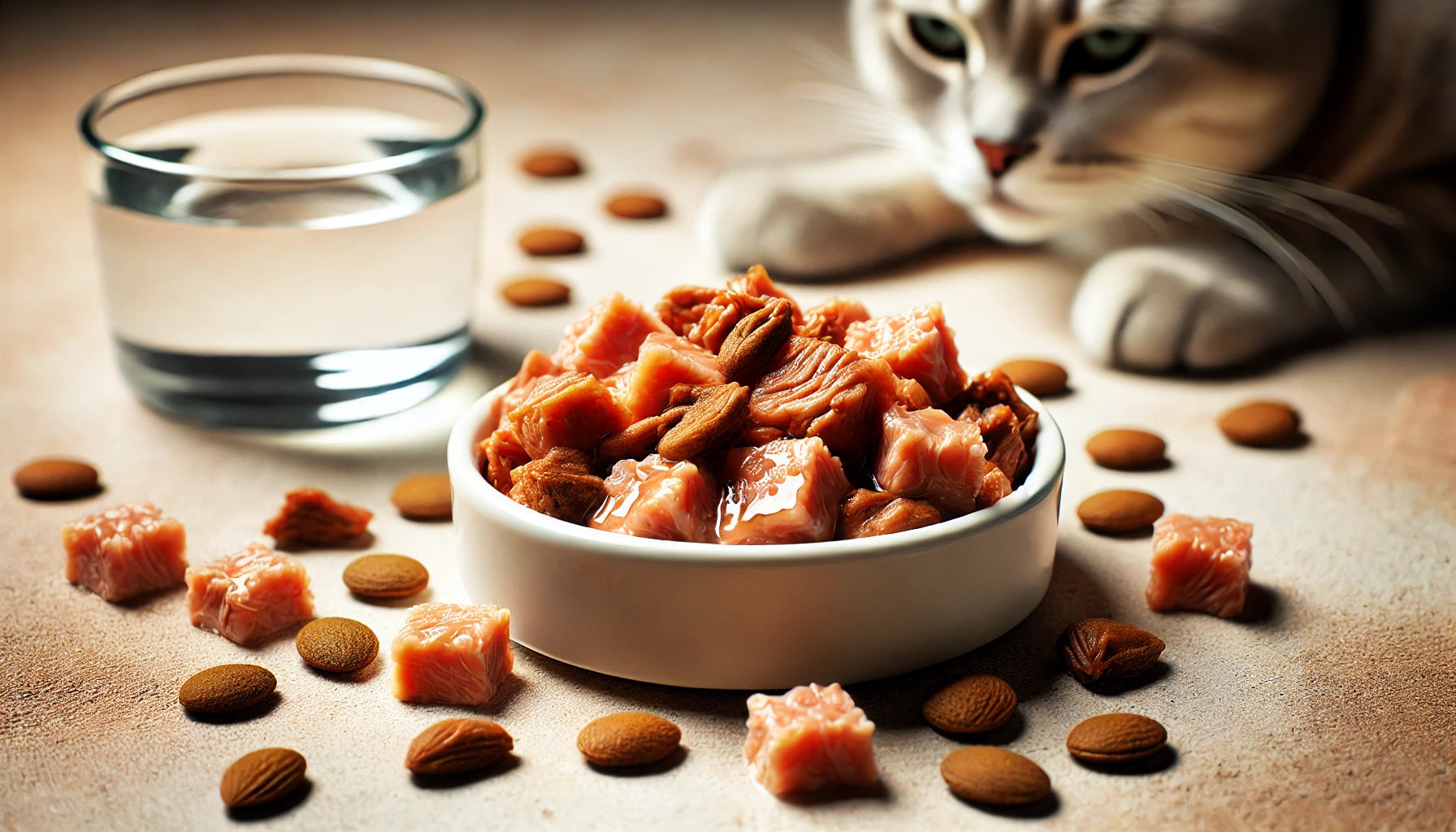
Wet Treats: Hydrating Your Traveling Cat
If you’re concerned about your cat’s hydration, especially on long trips, wet travel treats are a great option.
These treats come in either pouches or individual serving containers for easy feeding on the go.
Wet treats add moisture, which is helpful if your kitty is prone to dehydration or doesn’t drink enough water while traveling.
Additionally, many cats love wet treats, making them an excellent option to keep your kitty content and fed during travel.
- Great for hydration, especially on long trips
- Convenient, single-serve pouches
- Highly palatable and accepted by most cats

Dry Treats: Convenient and Mess-Free
Dry travel treats are the most convenient option for traveling.
They do not require refrigeration and are easy to pack without making a mess in the carrier or car.
Dry treats are also excellent for helping to maintain your cat’s dental health and can be stored for long periods without spoiling.
However, you should ensure your cat stays hydrated during the trip, as dry treats don’t provide moisture.
For many cat owners, the convenience of dry treats makes them the first choice for both short and long trips.
- Easy to pack and store; no refrigeration required
- Mess-free and convenient for on-the-go feeding
- Helps maintain dental health

Semi-Moist Treats for Balanced Nutrition and Flavor
Semi-moist travel treats fall in between wet and dry treats.
They are soft, making them easier to chew for older cats or those with dental issues.
These treats typically have a higher moisture content than dry treats but do not require refrigeration, making them ideal for longer trips.
Semi-moist treats also tend to be more flavorful, which is great if your cat is picky or needs extra encouragement to eat during travel.
- Soft and easy to chew; ideal for older cats
- Does not require refrigeration, but provides some moisture
- More flavorful than dry treats; great for picky eaters
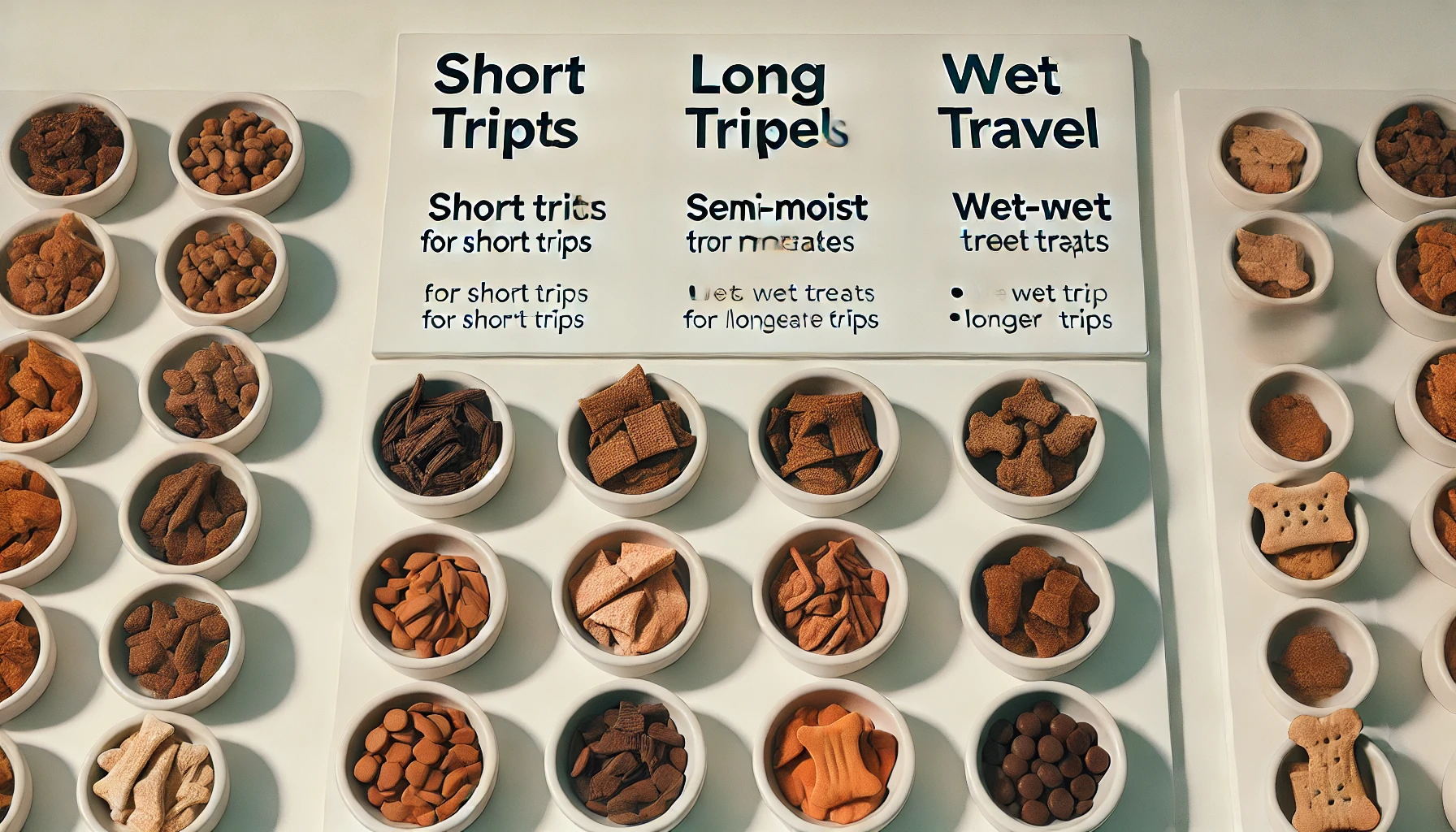
How to Choose Treats Based on Travel Duration
When choosing the type of travel treats for your journey, consider the length of the trip.
For very short trips, dry treats are the easiest and most convenient option.
They don’t spoil and can be given quickly without creating a mess.
For longer trips, semi-moist or wet treats might be a better option, ensuring your cat gets enough moisture and nutrition.
Wet treats can help prevent dehydration during extended travel periods.
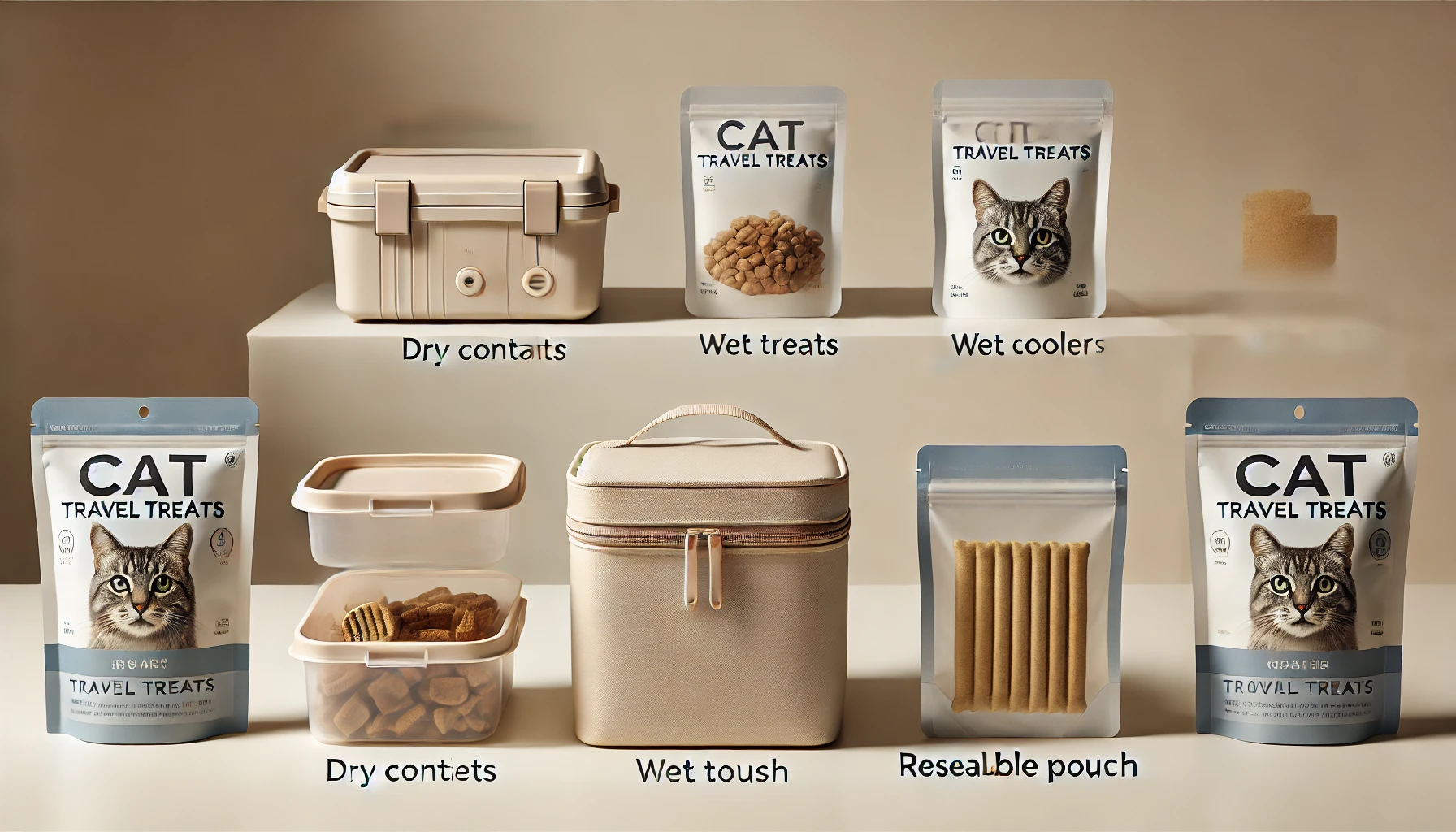
How Storage Options Affect Your Choice of Travel Treats
The way you store your travel treats also impacts your choice.
For trips where refrigeration isn’t available, dry or semi-moist treats are the best options, as they don’t require special storage.
Wet treats may need to be consumed immediately after opening or stored in a cooler, which can be inconvenient at times.
- Dry and semi-moist treats do not need refrigeration
- Wet treats need to be used quickly or stored in a cooler
- Consider storage options when selecting treats for longer trips
Different treat types serve various purposes; choose based on hydration needs, convenience, and your cat’s preferences.
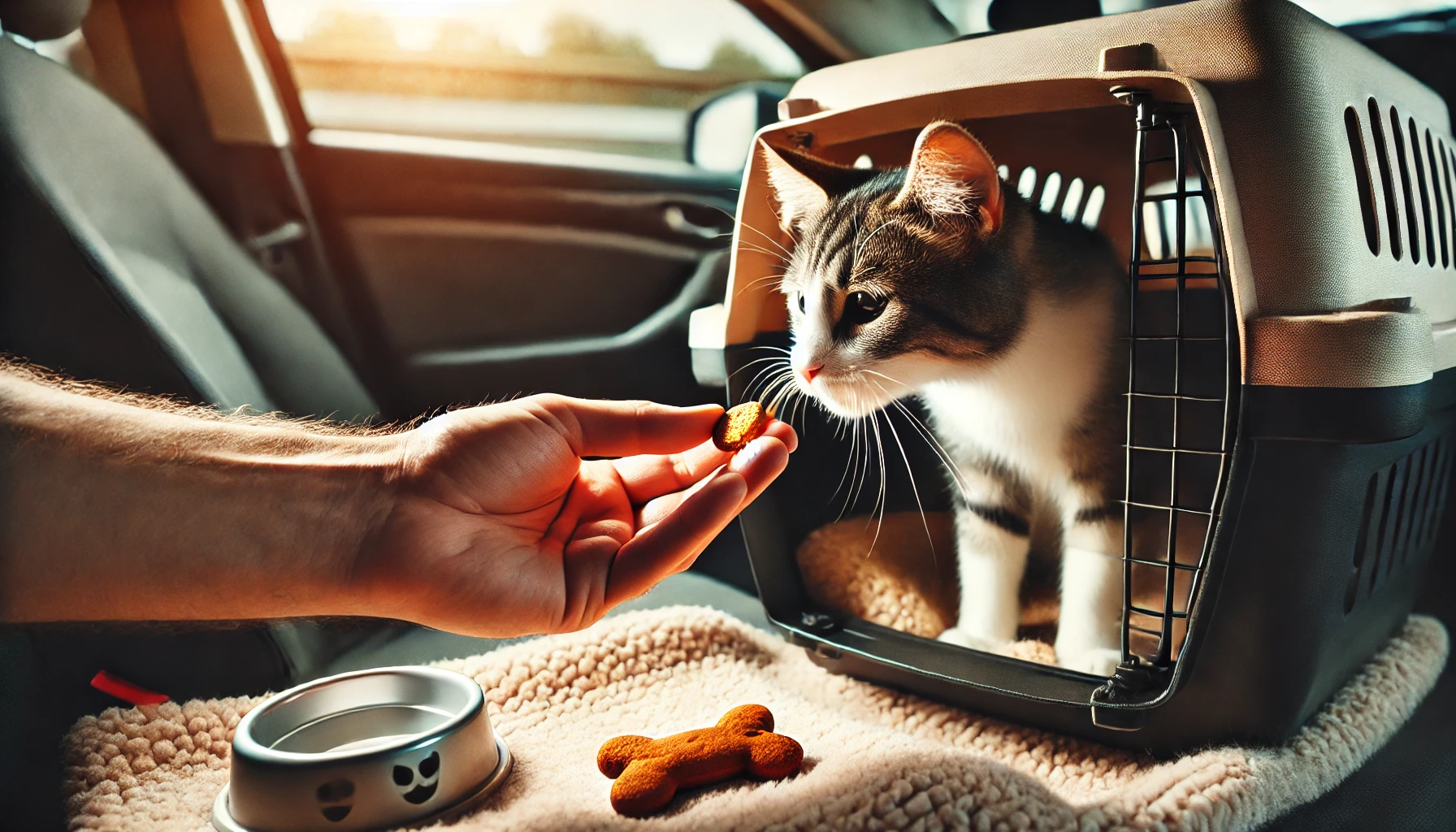
Tips for Introducing New Treats for Your Cat While Traveling
It can be difficult to get your cat accustomed to new travel treats, especially during travel, as your cat may already be stressed or anxious.
Since cats are creatures of habit and usually cautious about changes in their diets, it’s important to make the transition with care.
Introducing new treats properly can make your journey smoother for both you and your cat.
Here are a few tips to keep in mind when introducing new travel treats during your trip.
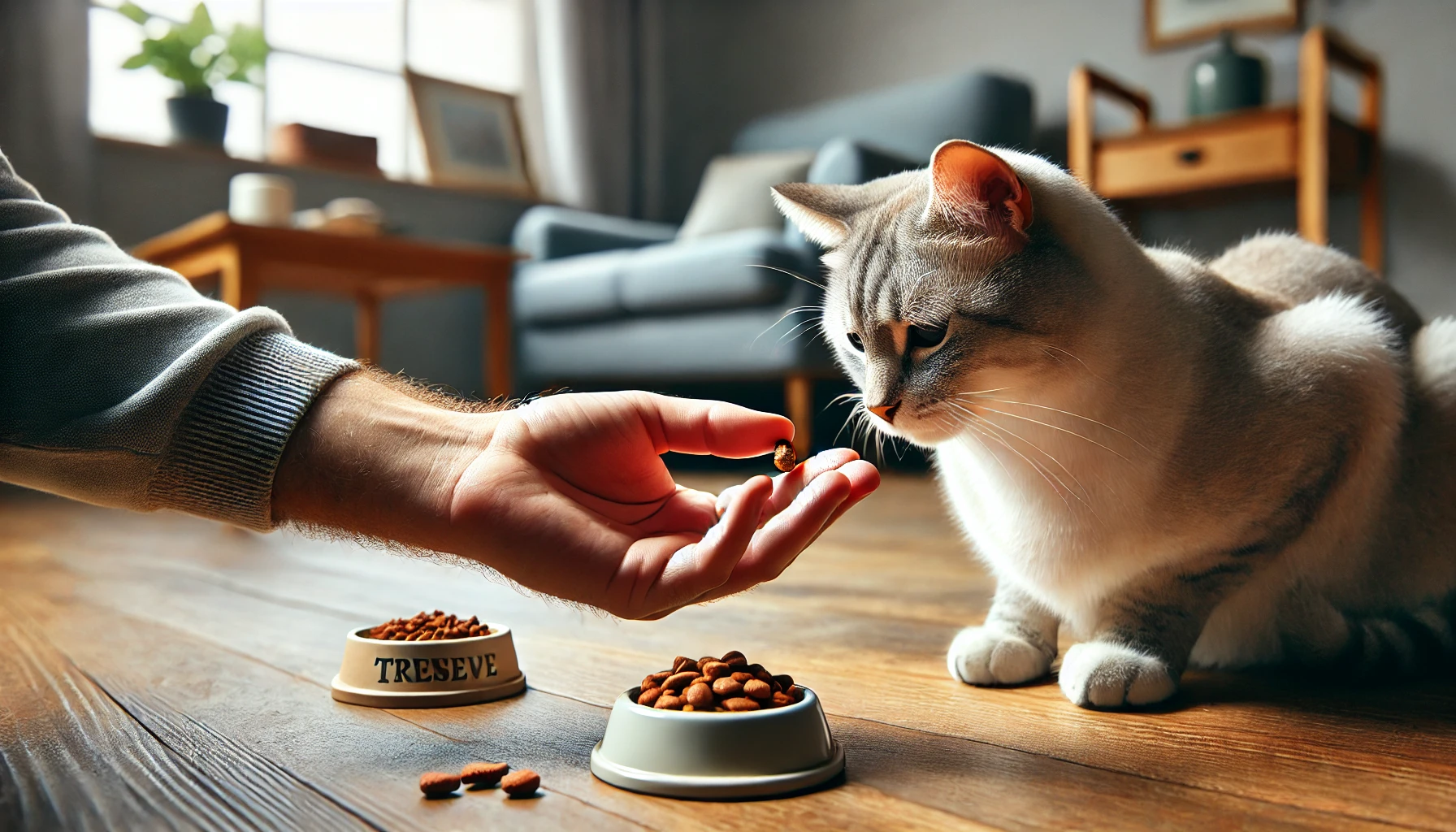
Gradual Introduction to Avoid Digestive Issues
Cats can easily upset their stomachs, and a quick introduction to new travel treats can cause digestive issues.
Because of this, it’s better to introduce them gradually.
A few days before your journey, give your cat small portions of the new treats mixed with their usual ones.
Observe your cat’s reaction and adjust accordingly.
Gradual introduction allows your cat’s digestive system to get used to the new treat without causing discomfort.
- Introduce new treats in small amounts
- Mix new treats with familiar ones
- Observe your cat’s digestion and behavior
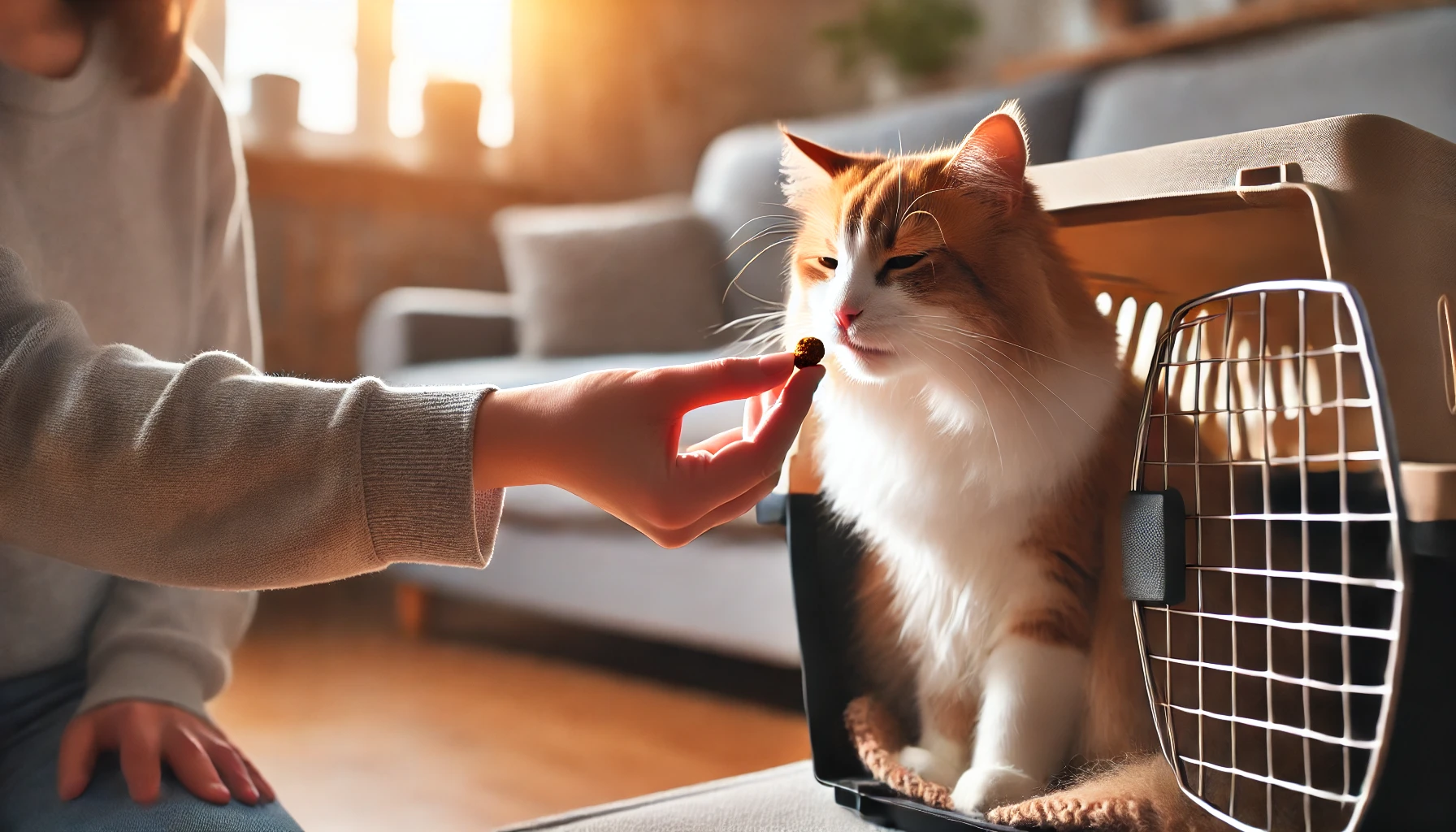
Pairing Treats with Positive Reinforcement
Using treats is one of the best ways to help cats associate new travel experiences with positive sensations.
Reward behaviors such as staying calm in the carrier or sitting quietly during transport.
Pairing travel treats with positive reinforcement helps your cat associate the new food with a pleasant experience, making them more likely to accept it during future travels.
Offering treats when your cat is relaxed and happy enhances this positive association.
- Use treats as rewards for calm or cooperative behavior
- Offer treats when your cat is relaxed and comfortable
- Create a positive association with the new treats
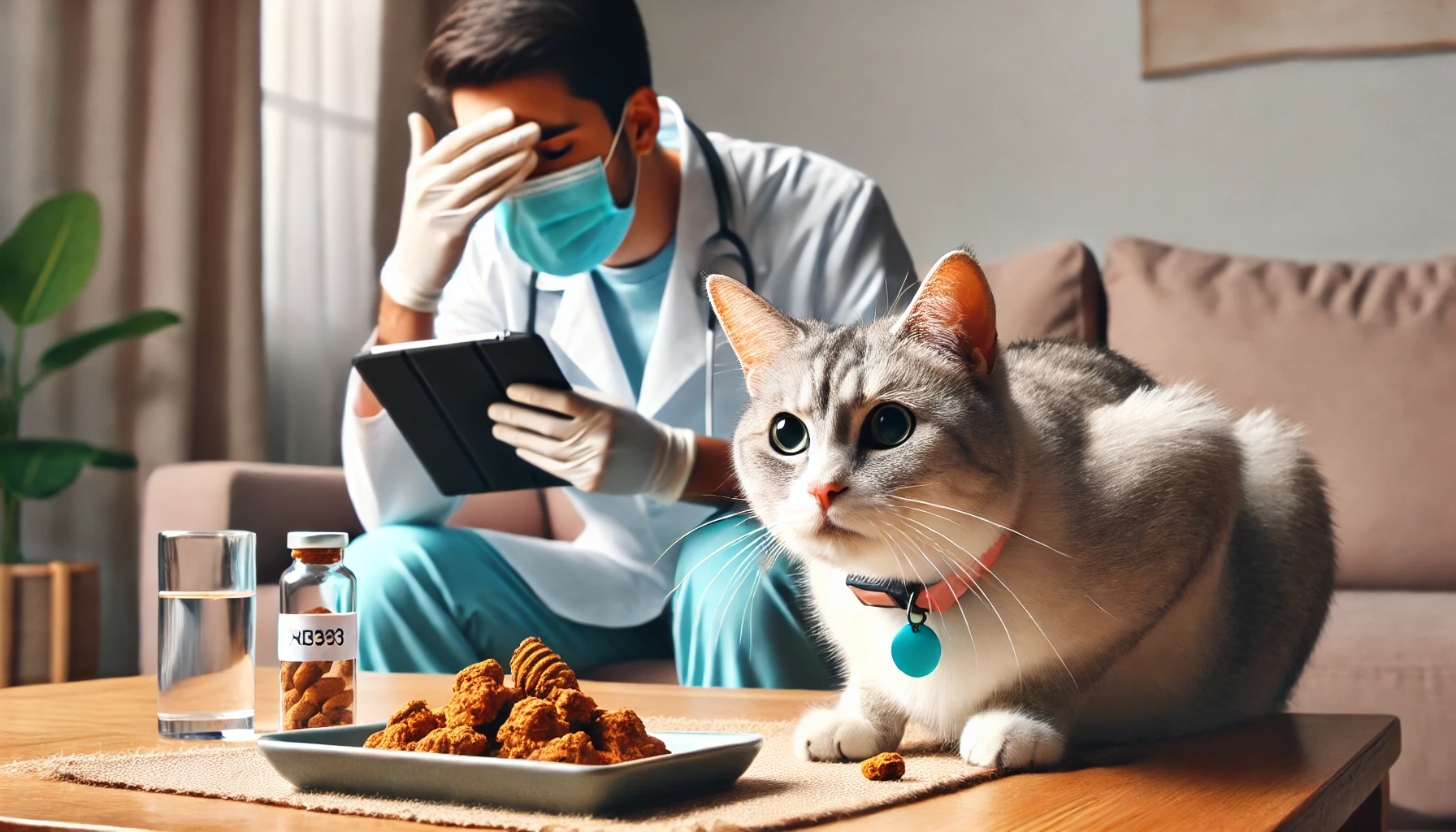
Monitoring for Adverse Reactions to New Treats
Each time you introduce a new travel treat, it’s important to monitor your cat’s behavior and digestion.
Watch for signs of stomach upset, allergic reactions, or behavioral changes.
If your cat shows any adverse reactions, such as vomiting, diarrhea, or unusual lethargy, stop giving the new treat immediately and consult your veterinarian.
Also, keep an eye on how much your cat enjoys the treat, as some cats can be finicky and may not like a particular flavor or texture.
- Monitor for vomiting or loose stools
- Watch for signs of allergies or discomfort
- Observe your cat’s enthusiasm for the new treat

Choosing Treats Based on Your Cat’s Dietary Preferences
Cats are often picky eaters, so it’s important to consider their preferences when selecting new travel treats.
Some cats prefer soft textures, while others like crunchy treats.
Certain flavors, like chicken or fish, may be more appealing to your cat.
Keeping your cat’s preferences in mind will increase the likelihood that they’ll accept the new treat during travel.
Additionally, consider any food allergies or sensitivities your cat may have, and opt for grain-free or hypoallergenic options to ensure they can enjoy their new treats without issues.
- Consider your cat’s favorite flavors and textures
- Choose grain-free or hypoallergenic options if needed
- Select treats tailored to your cat’s dietary needs
Gradually introduce new treats before your journey to avoid upsetting your cat’s stomach and ensure a smoother travel experience.
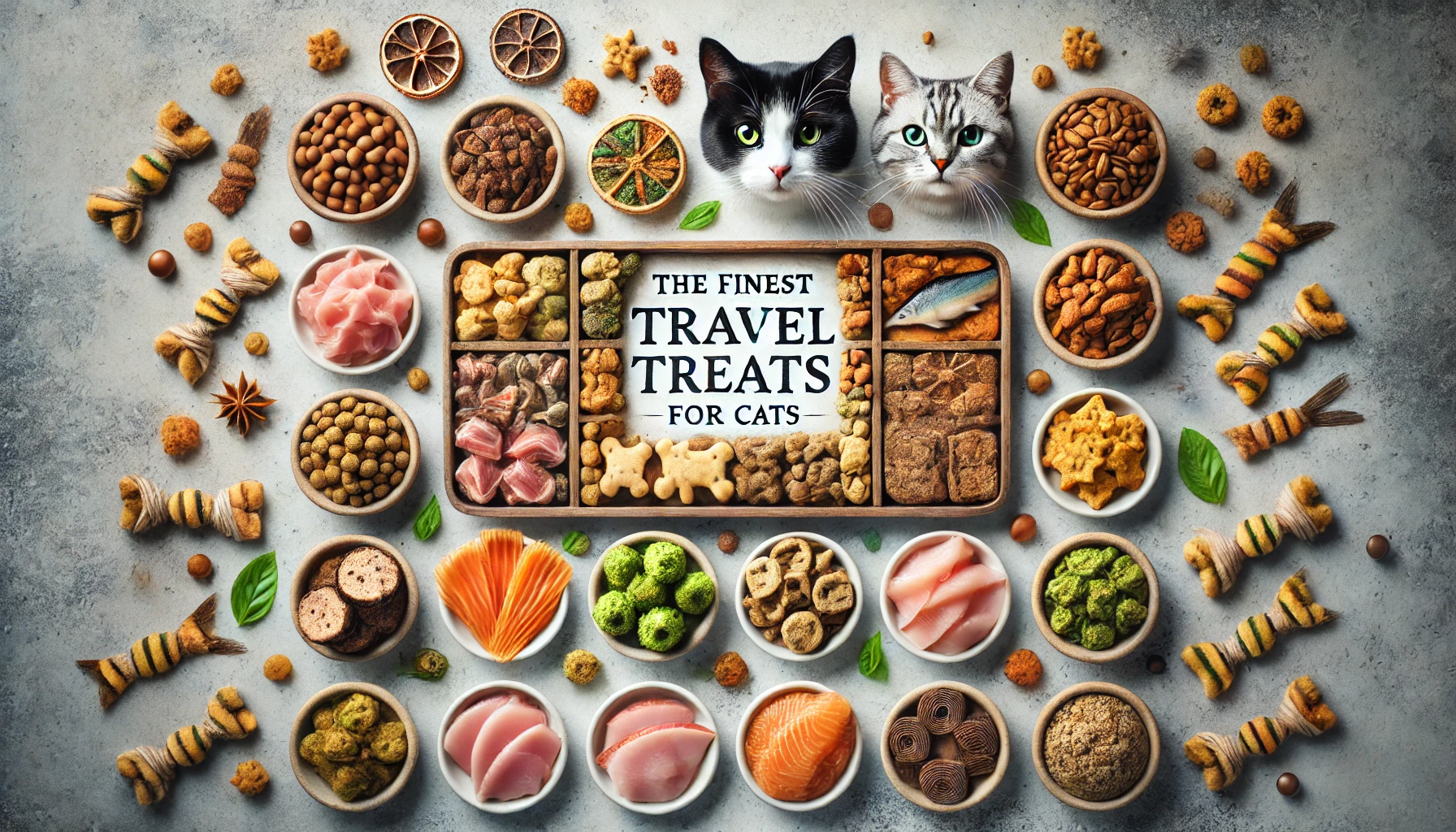
Conclusion: Choosing the Finest Travel Treats for Your Cat
Traveling with your cat can be a rewarding experience, but it certainly comes with its challenges.
Choosing the right travel treats to keep your kitty happy, healthy, and calm throughout the journey is one of the most important factors in ensuring a smooth trip.
Whether it’s a short drive to the vet or a long flight, the right treats will make all the difference in your cat’s overall comfort and behavior.
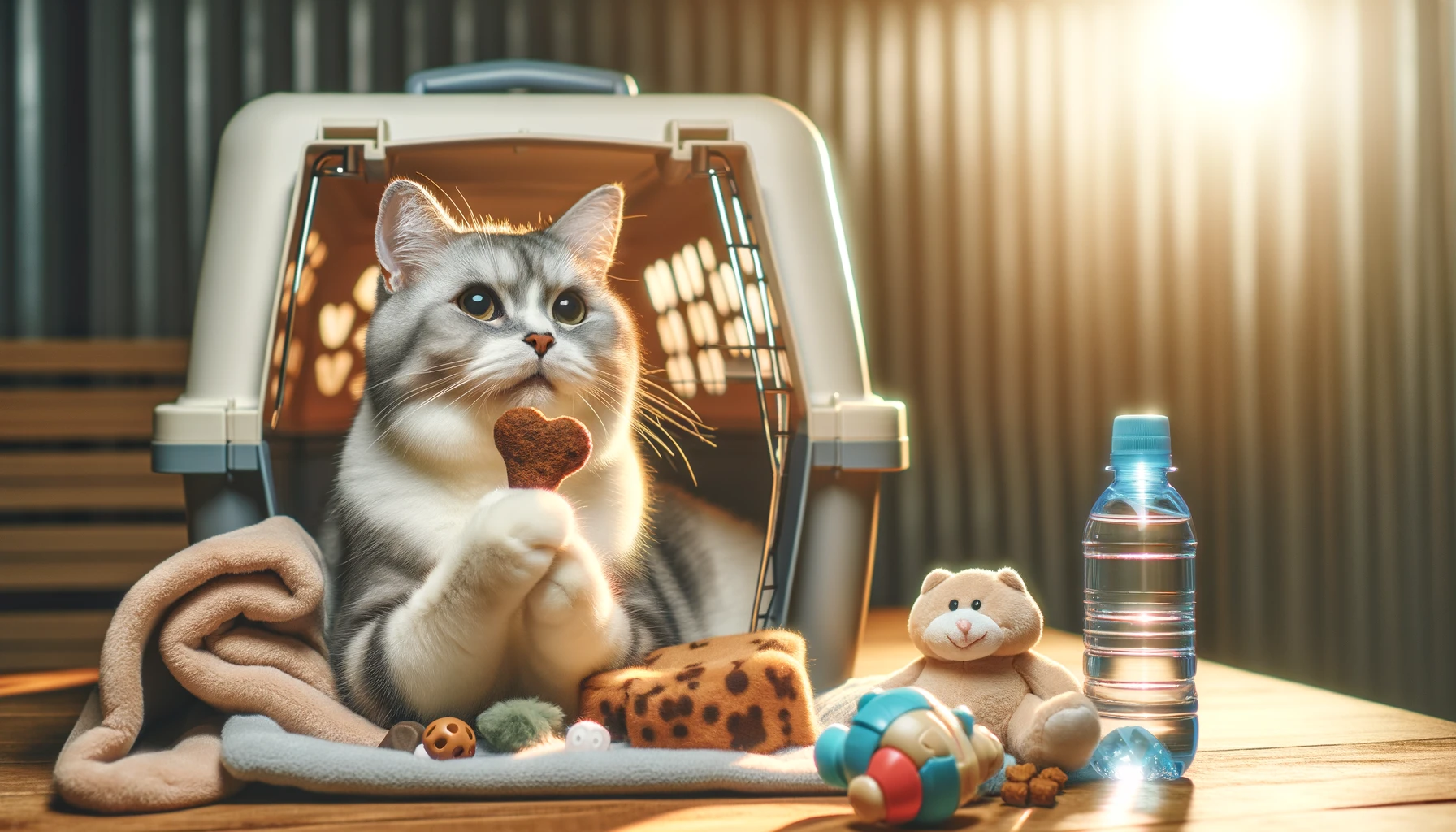
Why Travel Treats Matter
As discussed in this article, travel treats do more than serve as snacks; they are essential tools for helping you manage your cat’s anxiety and keeping them relaxed and comfortable during travel.
With various types available—wet, dry, and semi-moist—making the right choice depends on understanding your cat’s specific needs and preferences.
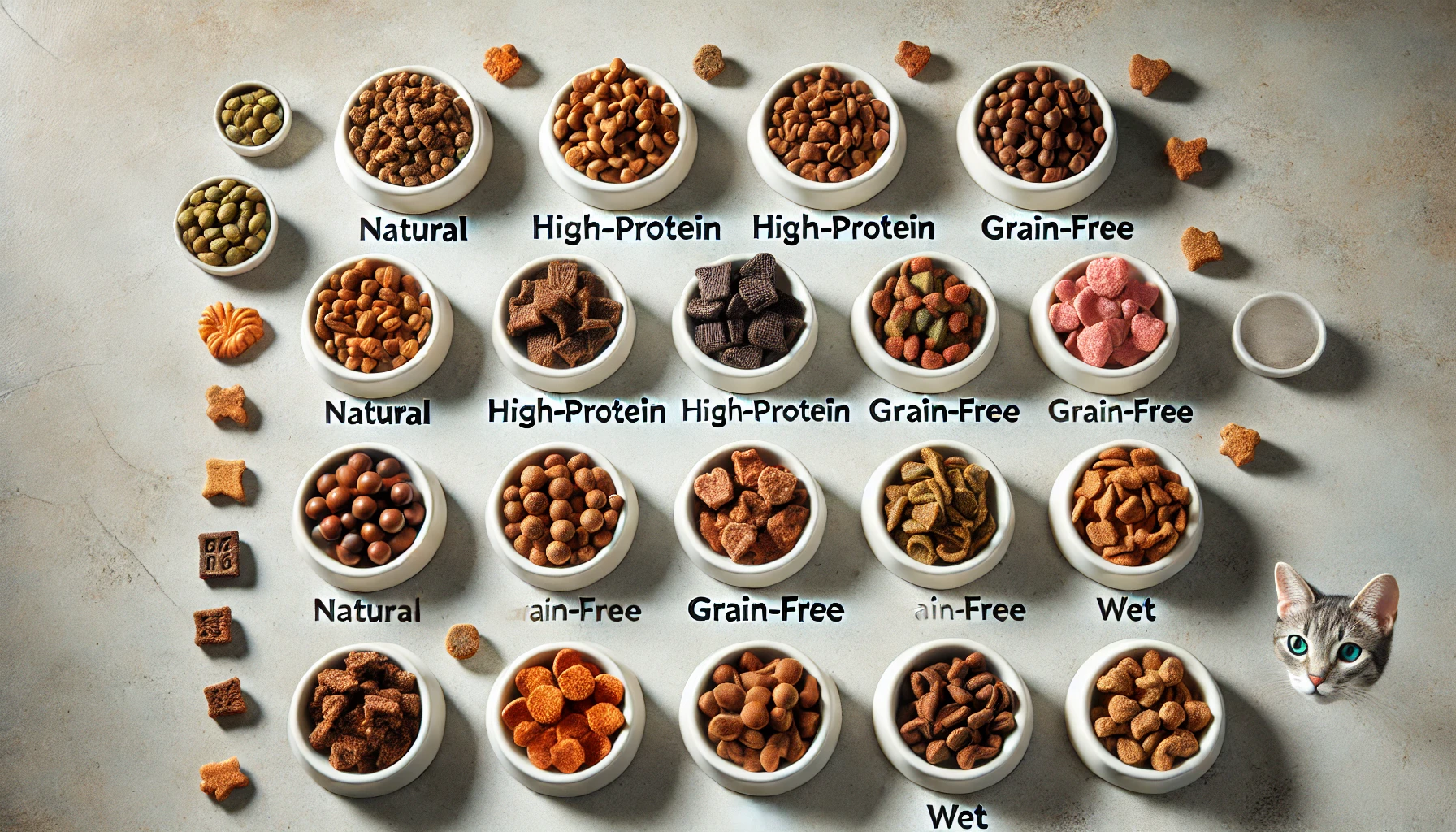
Key Takeaways for Choosing Travel Treats
Here are a few important tips to keep in mind when selecting the best travel treats for your cat:
- High-quality protein treats provide long-lasting energy for your cat during the trip.
- Avoid artificial additives and choose natural ingredients to support your cat’s digestive health.
- For cats with sensitivities or allergies, opt for grain-free or hypoallergenic treats.
- Choose treats based on the travel duration: dry treats for short distances and semi-moist or wet treats for longer trips to ensure hydration and nutrition.
- Introduce new treats gradually to avoid stomach upset, and always monitor your cat’s reaction to new foods.
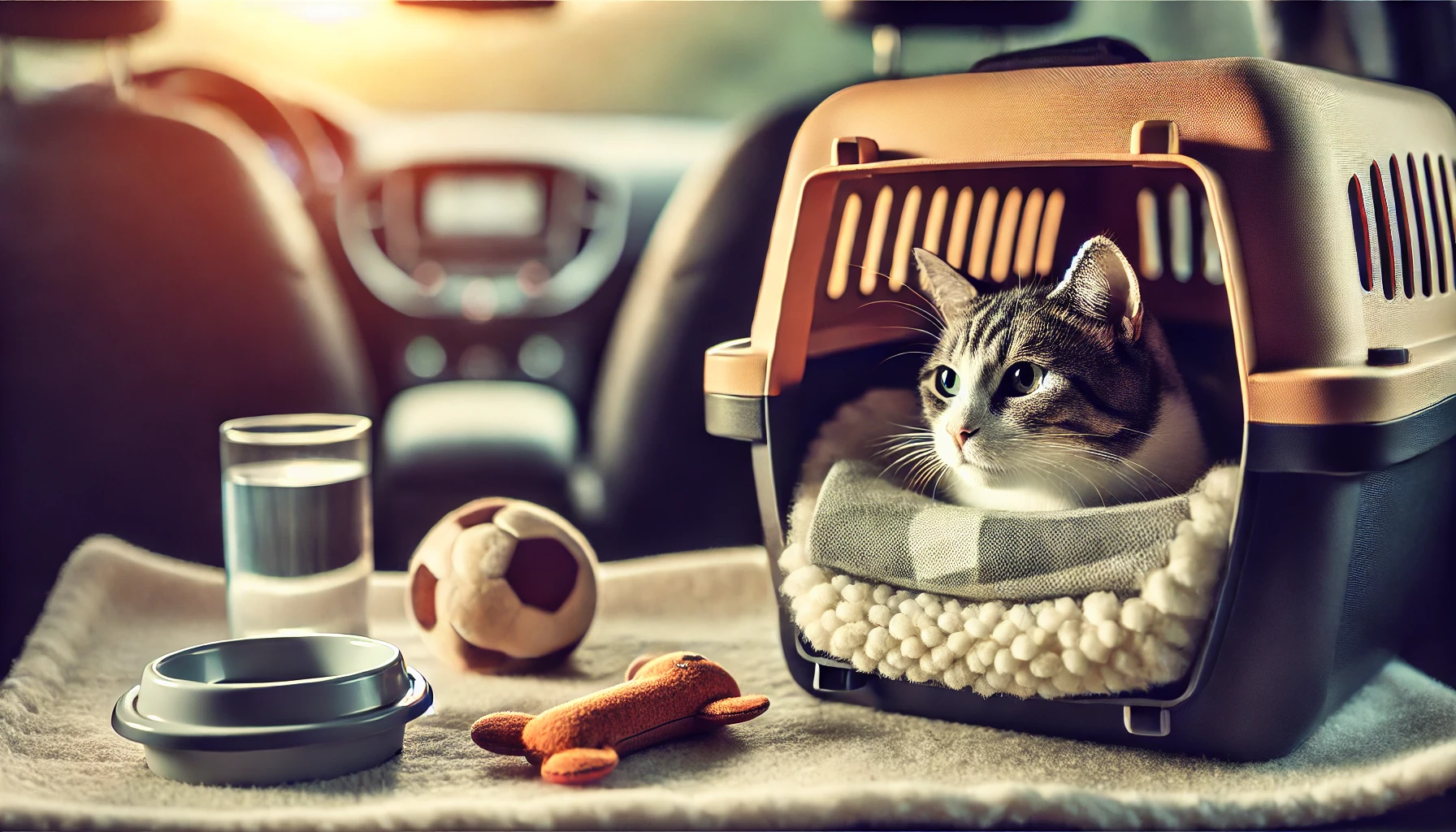
Making the Journey Comfortable for Your Cat
The right travel treats can also be used as a reward for good behavior during the journey, reinforcing positive associations with travel.
Offer treats sparingly to avoid overfeeding, and always balance them with your cat’s regular meals.
For longer trips, remember to pack enough treats for the entire journey, plus a little extra in case of delays.
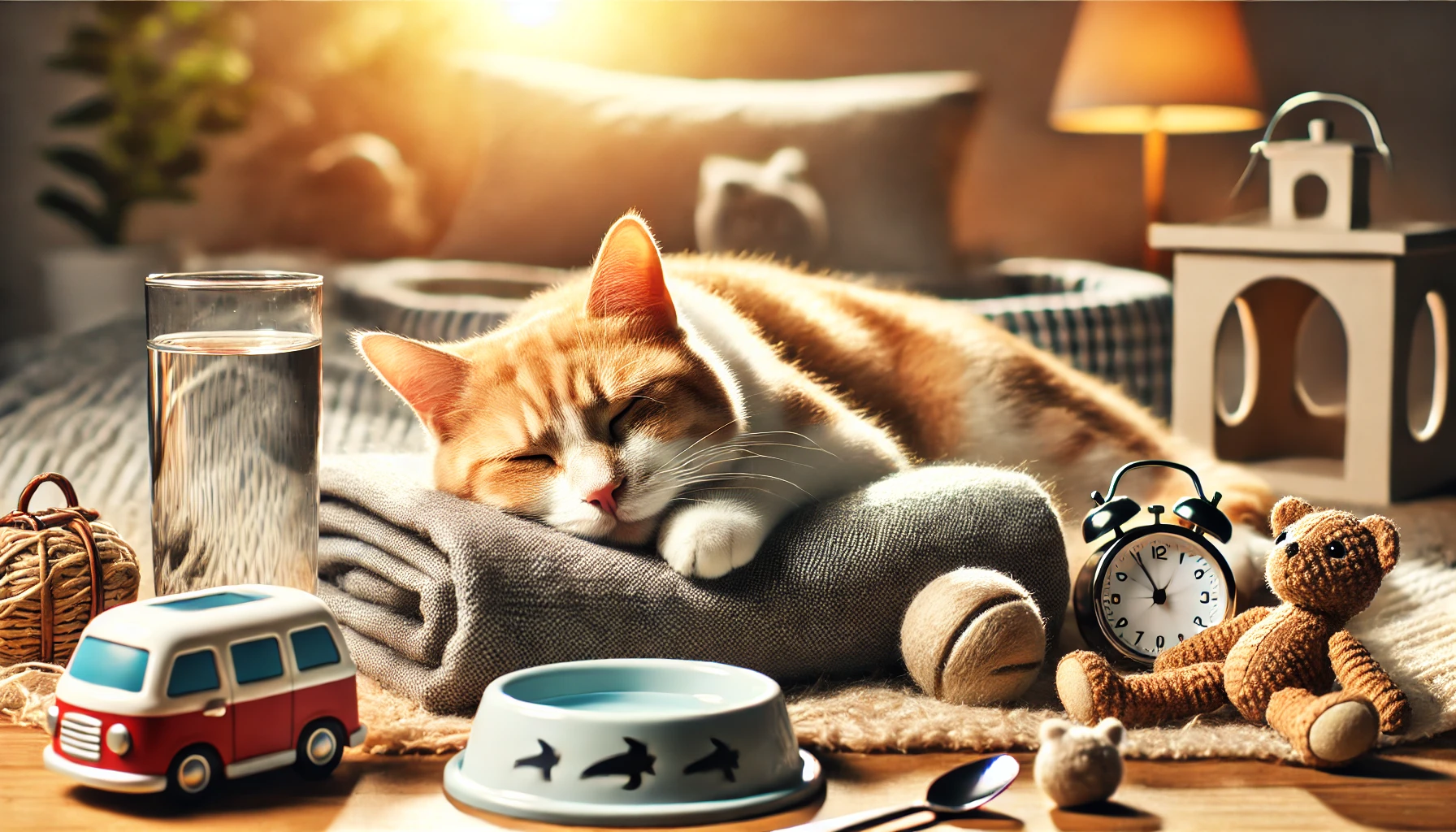
Final Thoughts
In conclusion, the best travel treats for your cat should strike a balance between their health, dietary needs, and preferences.
By choosing treats that offer nutrition, hydration, and comfort, you can ensure that your cat will be happy and relaxed throughout the journey.
Don’t forget to consult with your vet if your cat has specific dietary needs or allergies.
With the right preparation, both you and your cat can enjoy a smooth and stress-free travel experience.
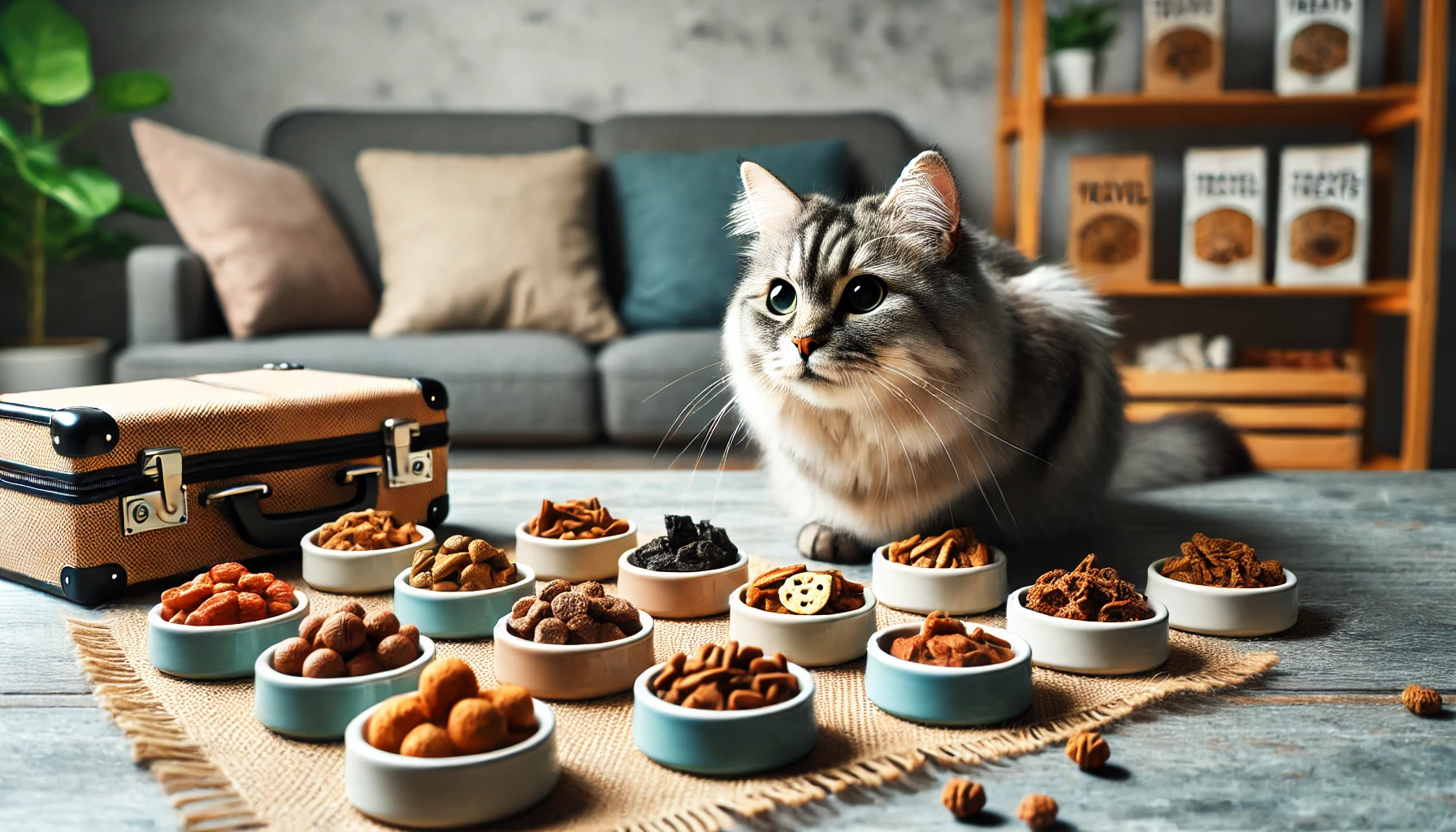
Frequently Asked Questions About Travel Treats for Cats
Here are a few of the most commonly asked questions about travel treats for cats.
These answers will help you understand how to choose and use them effectively, making your journeys with your kitty less stressful.
What makes a good cat travel treat?
A good travel treat should be healthy, gentle on the stomach, and appealing to your cat.
Look for treats with high-quality proteins and natural ingredients, free from artificial additives and common allergens like dairy and grains.
Can I give my cat treats during travel to calm them down?
Yes, travel treats can help soothe your cat during stressful journeys.
Some treats contain calming ingredients like chamomile or L-theanine, which are natural and safe ways to reduce travel-related anxiety in cats.
How often should I give my cat travel treats?
You can give your cat travel treats every few hours, depending on their behavior.
Avoid overfeeding, as it can cause stomach problems.
Balance treat feeding with regular meals to keep your cat healthy during travel.
Are grain-free treats better to give to cats during travel?
Grain-free travel treats may be better for cats with allergies or sensitivities to grains.
They are easier on the digestive system for many cats, but make sure the treats still meet your cat’s nutritional needs.
Is it possible to give wet treats on long flights?
Yes, wet travel treats can be used during long flights to help keep your cat hydrated.
However, they can be messy in confined spaces, so it’s a good idea to pack both wet and dry treats to satisfy your cat.
Should I try using new treats while traveling with my cat?
It’s best to introduce new travel treats before traveling to avoid any adverse reactions.
If you must try new treats during travel, offer them in small amounts and monitor your cat for any signs of discomfort or digestive issues.
How will I know if my cat likes the travel treats?
If your cat eats the travel treats without hesitation and shows no signs of distress, they likely enjoy them.
Refusal, digestive issues, or disinterest are signs that your cat may not favor the treats.

